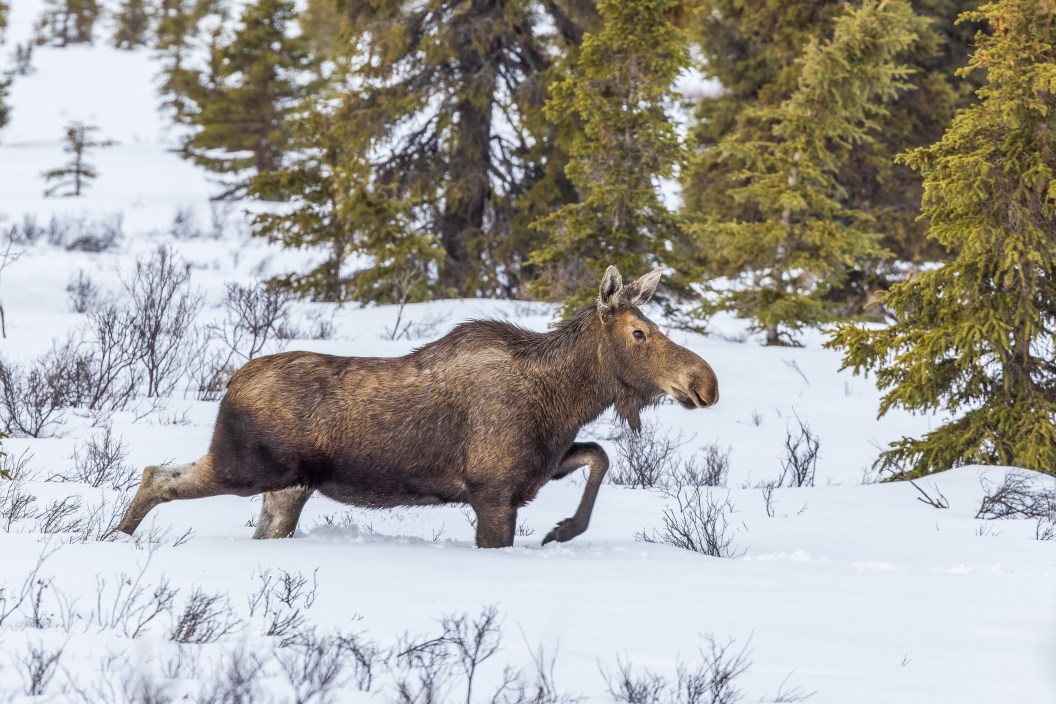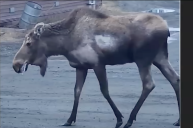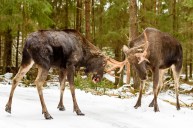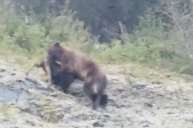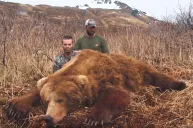When you think of Alaska, you probably first think the biggest safety concerns are the bears—the small black bears, the massive brown bears, or the vicious polar bears. But for anyone who has actually lived in Alaska, you know it's the moose you have to worry about.
An Alaskan teenager found that out the hard way when she was unexpectedly trampled by a moose on Feb. 7.
According to an Alaska State Troopers dispatch, the girl was attacked near Plumley Road in Palmer, a small town about an hour north of Anchorage. The teen was walking to get picked up for school a little before 7 a.m. when the moose approached her unprovoked. She was kicked and stomped during the attack but was eventually able to escape. The girl's mother reported the attack to troopers and then drove her daughter to an area hospital, where she was treated for minor injuries.
Troopers reached the scene about 20 minutes later but couldn't find the moose initially. A trooper returned in the daylight and found the moose near where it had attacked the girl. The young moose appeared to be 18 months old and was showing signs of malnourishment. As soon as the trooper got out of his vehicle, the moose approached with its hackles raised, head lowered, and ears back—sure signs of an aggressive moose. The trooper made the decision to shoot and kill the animal. The moose was given to a charity that will use its meat, a common practice in Alaska.
After the moose was killed, residents in the area told troopers that local moose had been chasing dogs and approaching people and homes. Surrounded by public land and mountains, and at the mouth of two large river valleys, Palmer is known for its abundance of moose, though they are typically happy to leave people alone.
Cory Stantorf, the Alaska Department of Fish and Game's Anchorage-area biologist, told Alaska Public Radio that local calls about aggressive moose have been spiking since mid-January. Stantorf cites record-breaking snowfall in south-central Alaska as the problem. Deep snow limits moose's movements, forcing them to leave the mountains and foothills—where they burn untold calories wallowing in deep snow—to travel on plowed roads in urban areas. The tired, hungry moose are easily stressed when they encounter people and cars. Fish and Game has received many calls about moose encounters, though thankfully no serious injuries have been reported.
If you do encounter an aggressive or distressed moose, the best thing to do is give it a wide berth. Approaching the moose may aggrevate it further and prompt it to attack. Call 911 or the nearest Fish and Game office if you feel the animal poses a threat.
